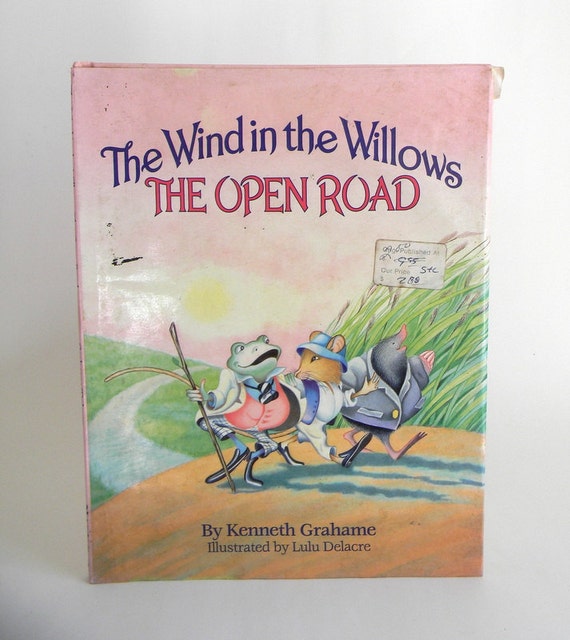

He had bright beady eyes and stiff grey whiskers, and his tail was like a long bit of black india-rubber. The very way Rat is described in putting his head out of his hole in a similar way we have seen Rat doing in Chapter I: One morning the old Water-rat put his head out of his hole. The specific song he is writing has to do with his meeting with some ducks, and the event is probably inspired to Grahame by Oscar Wilde’s short story “The Devoted Friend” included in The Happy Prince (1888), where we precisely see a Water Rat meeting some ducks. Nancy Barnhart’s illustration of Rat scribbling poetry We had already seen him in chapter I, “murmuring poetry-things over to himself”. As Annie Gauger points out in her Annotated Wind in the Willows, if the story is a miniature epic, Rat is a romantic bard, whose main occupation is telling stories, improvising songs and poetry, writing. Specifically, the story opens with Rat doing one of the things he does best: sitting by the river and singing a song. The second tale in Kenneth Grahame’s Wind in the Willows takes up from where we left our two favourite characters: Rat, in his river-house, and Mole who ended up living with him. Shelidon Janu2 Comments on The Wind in the Willows (2): The Open Road


 0 kommentar(er)
0 kommentar(er)
